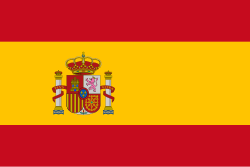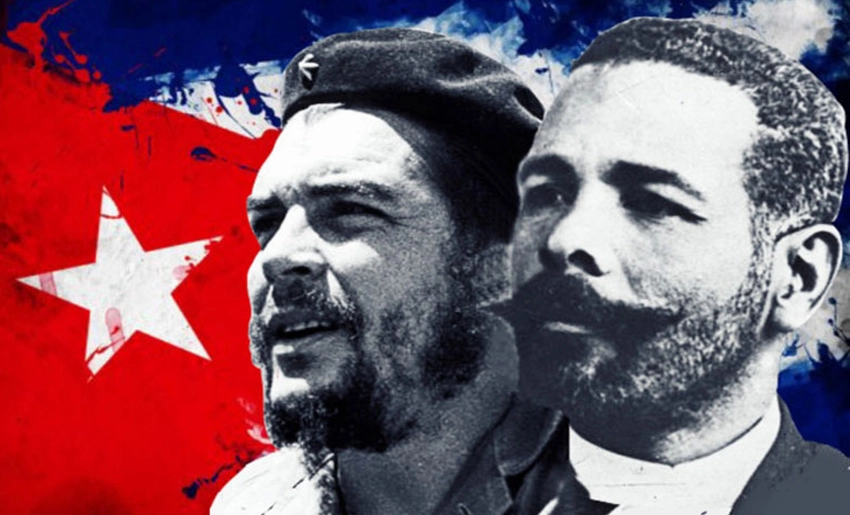Cubans remember today the patriotic and anti-imperialist legacy of the major general of the Liberation Army. Antonio Maceo, and the guerrilla Ernesto Che Guevara, on the 180th and 97th anniversary of their birthdays, respectively.
Son of Mariana Grajales, considered in the Caribbean nation as the Mother of the Homeland. Maceo was one of the great military strategists of the Cuban Liberation Army, reaching the position of Lieutenant General. The second in command of the island’s pro-independence forces.
Several historians qualify him as a master of military tactics, and it is estimated that he took part in more than 600 combat actions against Spanish colonialism, including around 200 battles of great significance.
These confrontations left 26 war scars on his body, of which he received 21 in the Ten Years’ War (1868-1878).
During that first conflict, he took part in numerous war actions, until he played a leading role in what the National Hero of Cuba, José Martí, would classify as the most glorious event in the history of the country: the Baraguá Protest.
In February 1878, when disunity, fatigue from the rigors of the struggle and other evils led to the signing of the Zanjón Pact with Spain, Maceo opposed it.
In an interview with Spanish General Arsenio Martínez Campos, in Mangos de Baraguá (east), he affirmed that he would not accept “to lay down his arms without having proclaimed the independence of Cuba or the abolition of slavery”.
Ernesto Che Guevara disembarked in Cuba in 1956 together with Fidel Castro and other 80 expeditionaries of the Granma yacht to begin the guerrilla war against the dictatorship of Fulgencio Batista (1952-1959).
About Che, in the book Fidel and Religion by Frei Betto, the historical leader of the Revolution, Fidel Castro expressed that: “he was already a trained revolutionary. Moreover, a great talent, a great intelligence, a great theoretical capacity.
(…) To all this he also added exceptional human conditions of comradeship, selflessness, altruism, personal courage”, he said.
After the triumph of January 1st, 1959, he was president of the National Bank and Minister of Industry of the nascent revolutionary government of the island.
Between 1965 and 1967, the Argentine-Cuban guerrilla fighter fought in the Congo and Bolivia, where he was captured and murdered by the Army, under the orders of the U.S. Central Intelligence Agency.
With information from Prensa Latina
Translated by Aliani Rojas Fernandez
- Holguin Advances in Hydraulic Works Projects - 16 de December de 2025
- Holguin’s Advances in Coastal Protection with Renewable Energy - 16 de December de 2025
- Mijaín López will be at Fitur-Madrid in January - 16 de December de 2025

